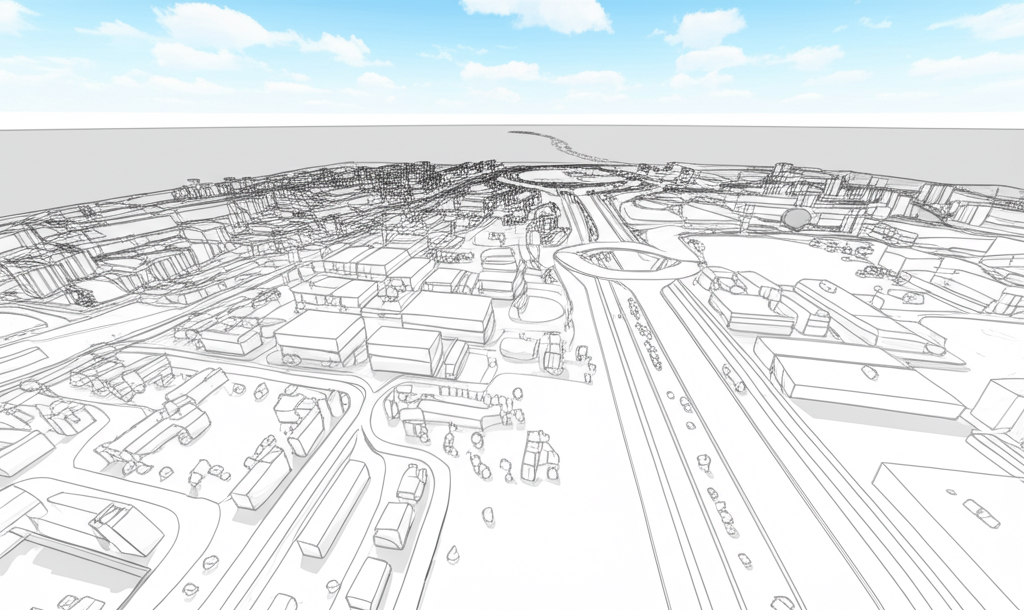- Trump Might Pause Auto Tariffs: Automakers could get a temporary reprieve.
- Why the Change? To give companies time to shift production to the U.S.
- Economic Whiplash: Experts warn of potential damage to consumer confidence.
- Apple’s Advantage: Tariff pause could help Apple navigate trade war challenges.
- China’s Response: Seeking stronger ties with other nations amidst trade tensions.
Trump Puts the Brakes on Auto Tariffs: What’s the Deal?
President Donald Trump is making headlines again, this time by hinting at a possible pause on the 25% auto tariffs he previously slapped on imported vehicles. According to Trump, this move is designed to give car manufacturers a little breathing room to shift their production to the good ol’ US of A.
“I’m looking at something to help some of the car companies with it,” Trump told reporters, suggesting they need time to move production from places like Canada and Mexico. He wants them to “make them here.”
Carmakers React: A Sigh of Relief?
Matt Blunt, president of the American Automotive Policy Council, which represents big players like Ford, General Motors, and Stellantis, said his group shares Trump’s goal of boosting domestic production. He noted that tariffs on auto parts could actually hurt this goal and that supply chain transitions take time.
Tariff Timeline Chaos: Are We There Yet?
Trump’s trade policies have been anything but predictable. Just recently, he announced those “permanent” 25% auto tariffs on March 27th. But now, he seems to be softening his stance, leading to confusion and uncertainty in the financial markets.
- Last Week’s U-Turn: Trump initially announced a 90-day extension for broader tariffs, setting them at a baseline of 10%.
- China Tariffs Spike: He then jacked up import taxes on China to 145% before temporarily exempting electronics at a 20% rate.
As Trump himself admitted, “I don’t change my mind, but I’m flexible.” This flexibility, however, is causing some serious whiplash in the economic world.
Economic Experts Sound the Alarm: Brace for Impact!
Carl Tannenbaum, chief economist for Northern Trust, warned that the constant policy shifts could cause irreversible damage to consumer, business, and market confidence. He joked that he might need a neck brace from all the economic whiplash!
Global Reactions: Europe Steps Up
Maroš Šefčovič, the European commissioner for trade, tweeted about trade negotiations with U.S. officials. He stated that the EU is ready for a fair deal, including a 0-for-0 tariff offer on industrial goods.
Apple’s Game Plan: How the Tech Giant Could Win
Trump also mentioned speaking with Apple CEO Tim Cook and offering his “help.” With many Apple products assembled in China, the tariff pause could give Apple some much-needed breathing room.
Wedbush Securities analyst Dan Ives noted that Apple is in a better position but warned about “mass uncertainty, chaos, and confusion about the next steps ahead.” Apple is reportedly exploring shifting more iPhone production from China to India, a strategy they began during Trump’s first term.
China’s Countermove: Building Alliances
While the U.S. juggles tariffs, China is working to strengthen relationships with other Asian nations. Xi Jinping met with Vietnam’s leader, emphasizing that no one wins in trade wars.
Trump, however, suspects these nations are trying to “screw the United States of America.”
The Bottom Line: What Does It All Mean?
Trump’s potential pause on auto tariffs is creating a whirlwind of uncertainty. Will it help carmakers and boost the U.S. economy, or will it lead to further economic instability? Only time will tell.
| Impact | Details |
|---|---|
| Automakers | Potential relief, but long-term uncertainty remains. |
| Consumers | Possible price stabilization, but dependent on future policies. |
| Economy | Risk of continued market volatility. |





